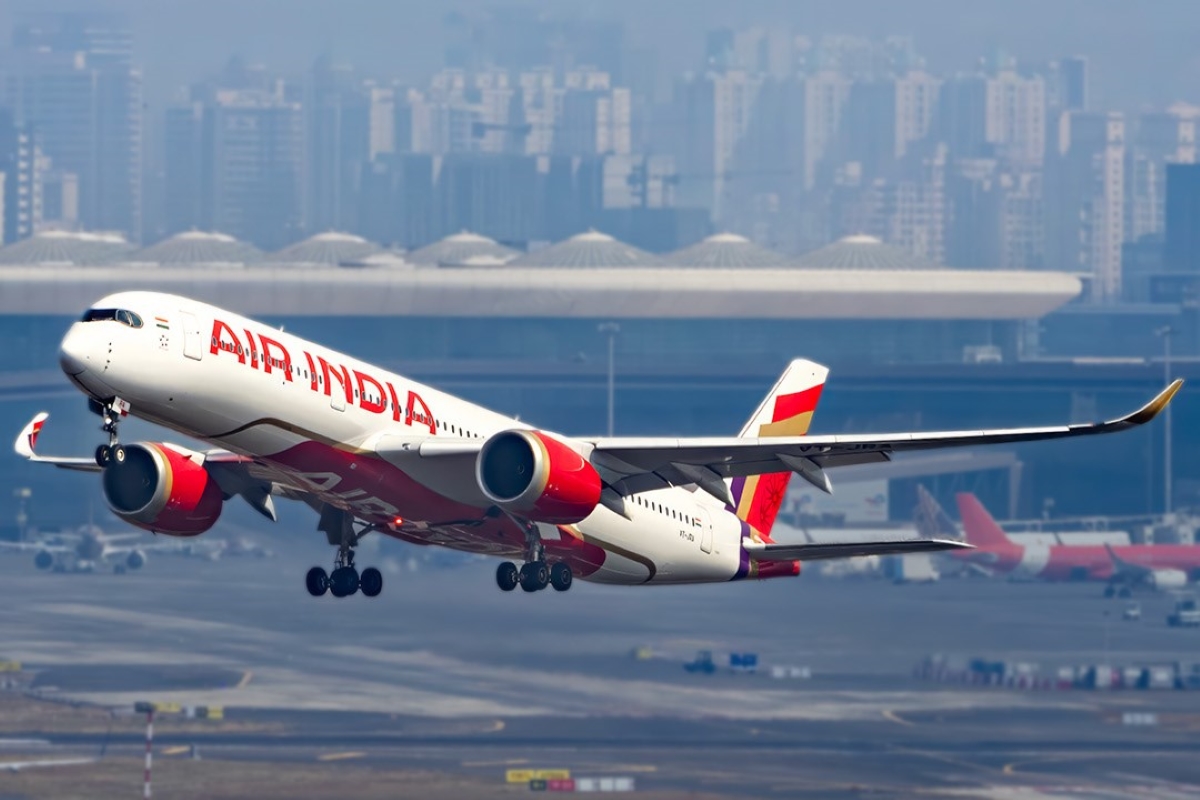Singapore Airlines is first to commit to Boeing’s newest Dreamliner model

Skift Take
Singapore Airlines Ltd. ordered additional Airbus A350-900 long-haul aircraft and will become the first carrier to commit to Boeing Co.’s newest model of the 787 Dreamliner, in an agreement valued at $17 billion.
The airline plans to order 30 more Airbus A350-900s and 30 Boeing 787-10X planes, Singapore Air said in a statement today. The -10X deliveries are due to start in the 2018-2019 financial year, contingent on Boeing’s formal commitment to build the plane it has been marketing since November.
The deal is a boost for Boeing’s Dreamliner program after a global fleet-wide grounding of the model for more than three months because of a fault with the jet’s electrical system strained customer ties and delayed progress on the -10X. Airbus was granted an option for 20 additional A350-900s, which Singapore said it may convert into orders for the larger -1000.
“These new aircraft will provide opportunities to grow and renew our fleet and enhance our network,” Singapore Airlines CEO Goh Choon Phong said in the statement, calling the orders are among the biggest in the carrier’s history.
Singapore Air said it will make an engine selection for the 787-10X, with offerings from General Electric Co. and Rolls- Royce Holdings Plc, later. The plane will be used on medium- range routes, the carrier said.
Price Tag
The A350-900 has a list price of $287.7 million. Boeing hasn’t yet published list prices for the 787-10X, which would cost more than the smaller existing versions of the Dreamliner. The 787-8 retails for $206.8 million, and the 787-9 for $243.6 million, according to Boeing’s website. Airlines typically get discounts, particularly as launch customers.
“Boeing welcomes Singapore Airlines’ interest in the 787-10X, and we look forward to continuing discussions to satisfy their fleet requirements,” the company said by e-mail.
Boeing has designed the aircraft to replace its 777-200 and compete with the Airbus A350, which is due for its first flight within week.
“The 10X does about 90 percent of all of the missions flown today by a 777-200ER and it does it significantly better,” Ray Conner, chief of Boeing’s commercial airplanes unit, told investors last week. It will beat the per-seat operating cost of the current Airbus model, the A330-300, by 25 percent, he said.
Largest Variant
Adding the 787-10X, a so called double stretch on the initial 787-8 in service now and the -9 due next year, may force Boeing to add Dreamliner production capacity, Conner said last week. The -10X would seat about 43 more than the 250 to 290 passenger -9, Boeing has said.
The deal with Airbus, with deliveries from the 2016-17 financial year, is the third time the carrier has bought A350-900s and brings the total commitment to 70 jets. The company has not previously ordered the larger -1000 variant.
Airbus has booked 616 firm orders from 34 customers for its A350 family through April, including 110 firm commitments for the largest model, the -1000, with a deal from British Airways parent IAG SA to take 18 not yet in the backlog.
The commitment continues a turnaround for the largest Airbus twin-engine wide-body that saw orders shrink to 62 last year after Etihad Airways PJSC canceled six. Since then, Cathay Pacific Airways Ltd. and Qatar Airways also have signed for the plane, along with Steven Udvar-Hazy’s Air Lease Corp.
Operating Loss
The deal comes after Singapore Air in October said it would buy five Airbus A380 superjumbos, for a total of 24 with 19 already delivered, and double a commitment to 40 A350-900s to expand its fleet and add fuel-efficient planes. Economic growth in Asia is encouraging more people to fly, prompting Indonesia’s PT Lion Mentari Airlines and Sepang, Malaysia-based AirAsia Bhd. to order hundreds of aircraft to meet the travel boom.
Singapore Air shares fell 0.5 percent to S$10.84 in the city today, before the announcement. Shares in Airbus-parent European Aeronautic, Defence & Space Co. rose as much as 1.4 percent and traded at 44.5 euros 1:55 p.m. in Paris.
Boeing, based in Chicago, rose 0.3 percent to $99.40 at 7:01 a.m. in New York. The shares gained 31 percent this year through yesterday, topping the 16 percent gain for the Standard & Poor’s 500 Index.
The carrier is buying new aircraft after lower passenger and cargo fares pushed the company into a wider fourth-quarter operating loss. Chief Executive Officer Goh is adding more planes and has upgraded business-class cabins as he faces increasing competition from Emirates and other airlines expanding in Southeast Asia.
Asia will be able to take in more aircraft as economic growth and a population of more than 3 billion people will sustain travel demand, Tony Fernandes, head of AirAsia, the region’s biggest low-fare carrier, said in March. Asia, which has 10 times the population of the U.S., has about a third of the number of aircraft, he said.
Discount carriers have secured about a quarter of the Asia- Pacific’s air travel market in the past decade. The region will account for 33 percent of global passengers in 2016, according to the International Air Transport Association, and HSBC Holdings Plc has said four out of five airports in Asia are operating at or above their designated capacity.
With assistance from Andrea Rothman in Toulouse. Editors: Benedikt Kammel and Ed Dufner.
To contact the reporters on this story: Robert Wall in London at [email protected]; Anand Krishnamoorthy in Singapore at [email protected]. To contact the editors responsible for this story: Benedikt Kammel at [email protected]; Anand Krishnamoorthy at [email protected].
![]()




